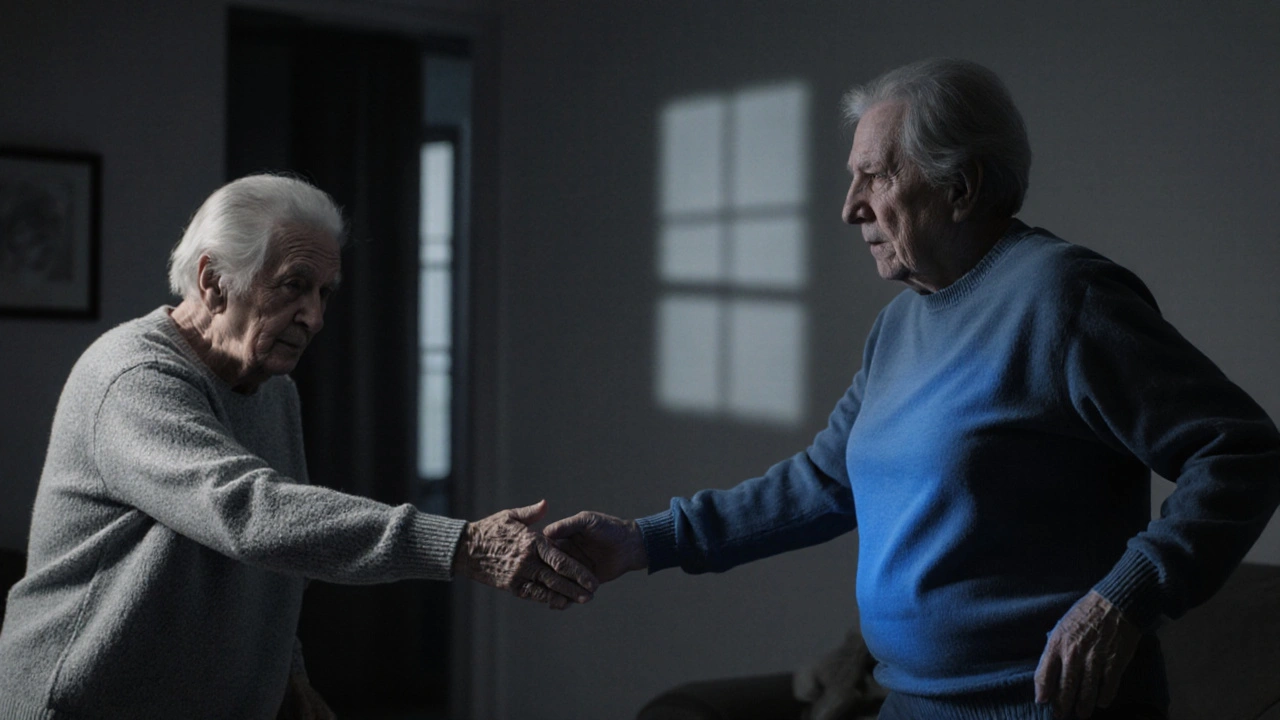
Agitation Trigger Tracker
Track Agitation Episodes
Log triggers and interventions to identify patterns and develop personalized care strategies
Log New Episode
Recent Log Entries
| Time | Activity | Environment | Behavior | Intervention | Date |
|---|
Patterns & Insights
Most common time of day
Evening hours (6-9 PM)
Most common activity
Bathing routine
Most effective intervention
Familiar object/comfort item
Personalized Care Suggestions
Based on your logs, consider:
- Creating a calming bathing routine with familiar items
- Introducing soft music during evening hours (6-9 PM)
- Using a calm voice and simple sentences when changing routines
When a loved one with Alzheimer's disease a progressive neurodegenerative condition that impairs memory, thinking, and behavior starts showing sudden bursts of anger or restless pacing, it can feel like you’ve entered a minefield. Aggression and agitation are common neuropsychiatric symptoms of Dementia the broader syndrome that includes Alzheimer's disease and other forms of cognitive decline, and they often catch families off‑guard.
Why Aggression and Agitation Happen
Understanding the why is the first step to coping. In Alzheimer’s, the brain’s chemistry shifts dramatically. Declines in acetylcholine, serotonin, and dopamine make it harder for the brain to regulate mood and impulse control. Add in sensory overload, pain, or unmet basic needs, and the result can be a short fuse.
- Biological triggers: infection, urinary tract issues, constipation, or medication side‑effects.
- Environmental triggers: noisy rooms, bright lights, or sudden changes in routine.
- Psychological triggers: fear, confusion, or feelings of loss of control.
When any of these factors pile up, the person may react with aggression verbal or physical actions that are hostile or threatening or with agitation restlessness, pacing, or repetitive questioning. Both are ways of communicating distress.
Quick Checklist for Immediate Calm
- Check for pain or medical issues: a quick temperature check or a visit to the bathroom can solve the problem.
- Reduce sensory overload: dim lights, turn down the TV, and keep background noise low.
- Use a calm voice and simple sentences. Speak slowly, maintain eye contact, and avoid arguing.
- Offer a familiar object: a favorite blanket or a photo album can provide grounding.
- If safety is at risk, move the person to a safe space and call for help if needed.
These steps buy you time while you decide on a longer‑term plan.
Non‑Pharmacological Interventions - First‑Line Strategies
Research shows that non‑drug approaches are the most effective and safest way to reduce aggression and agitation. Below is a comparison of the most common methods.
| Approach | Typical Use | Evidence of Effectiveness | Potential Risks |
|---|---|---|---|
| Music Therapy | Calming during evenings | Reduces agitation in up to 70% of participants (Alzheimer’s Association, 2023) | Minimal - may trigger memories that are upsetting |
| Validation Therapy | d>Offers empathy for confused statements | Improves mood and reduces aggression in 60% of trials | Requires training for caregivers |
| Environmental Modification | Adjust lighting, reduce clutter | Significant drop in night‑time agitation | May need home renovation costs |
| Cholinesterase Inhibitors (e.g., Donepezil) | Standard drug therapy for cognitive symptoms | Modest reduction in neuropsychiatric scores | Nausea, insomnia, bradycardia |
| Antipsychotics (e.g., Risperidone) | Reserved for severe aggression | Effective in ~30% but raises stroke risk | Weight gain, metabolic syndrome, mortality increase |
Guidelines from the American Psychiatric Association (2024) recommend trying non‑pharmacological options for at least 4-6 weeks before resorting to medication.
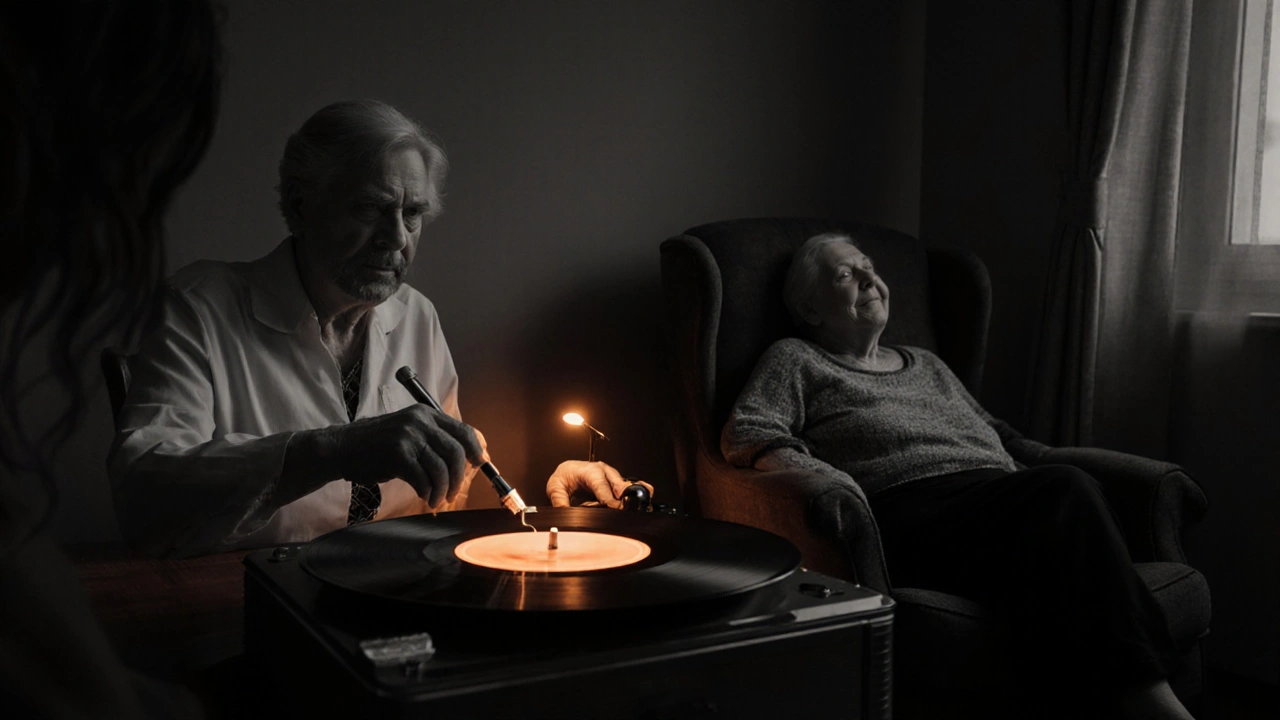
Implementing a Personalized Care Plan
Every person with dementia is unique, so a one‑size‑fits‑all plan rarely works. Follow these steps to build a tailored strategy:
- Gather baseline data. Use the Mini‑Mental State Examination a 30‑point cognitive test that helps stage dementia to understand current function.
- Identify triggers. Keep a daily log for two weeks noting time of day, activity, environment, and behavior.
- Match interventions. Align each trigger with a non‑pharmacological tool from the table above.
- Set measurable goals. For example, "reduce evening pacing from 10 minutes to under 3 minutes within 30 days."
- Review weekly. Adjust the plan based on what worked and what didn’t.
Documenting progress not only helps the person with Alzheimer’s feel understood, it also eases caregiver stress.
When Medication Becomes Necessary
Despite best efforts, some episodes may stay severe. In those cases, a doctor might prescribe a low‑dose antipsychotic or a newer serotonin antagonist like Pimavanserin an FDA‑approved drug for psychosis in Parkinson’s that is being studied for Alzheimer's aggression. Here are key points to discuss with the prescriber:
- Start low, go slow: typical starting dose for Risperidone is 0.25mg once daily.
- Set a clear time‑limit: aim for a 4‑week trial, then reassess.
- Monitor side effects: watch for increased sedation, falls, or worsening cognition.
- Consider deprescribing: if aggression eases, taper off gradually to avoid withdrawal.
Never use medication as a shortcut for unmet environmental or emotional needs.
Supporting the Caregiver’s Well‑Being
Caregivers often shoulder the emotional fallout of aggression. Chronic stress can lead to burnout, depression, or even cardiovascular disease. Below are proven ways to stay resilient:
- Respite care. Arrange for a few hours of professional help each week.
- Support groups. Organizations like the Alzheimer’s Society run virtual meetings where you can swap tips.
- Mind‑body practices. Gentle yoga, breathing exercises, or a 10‑minute meditation app can lower cortisol.
- Physical health. Keep regular sleep, nutrition, and exercise schedules for yourself.
Remember, a healthier caregiver translates into calmer interactions for the person with dementia.
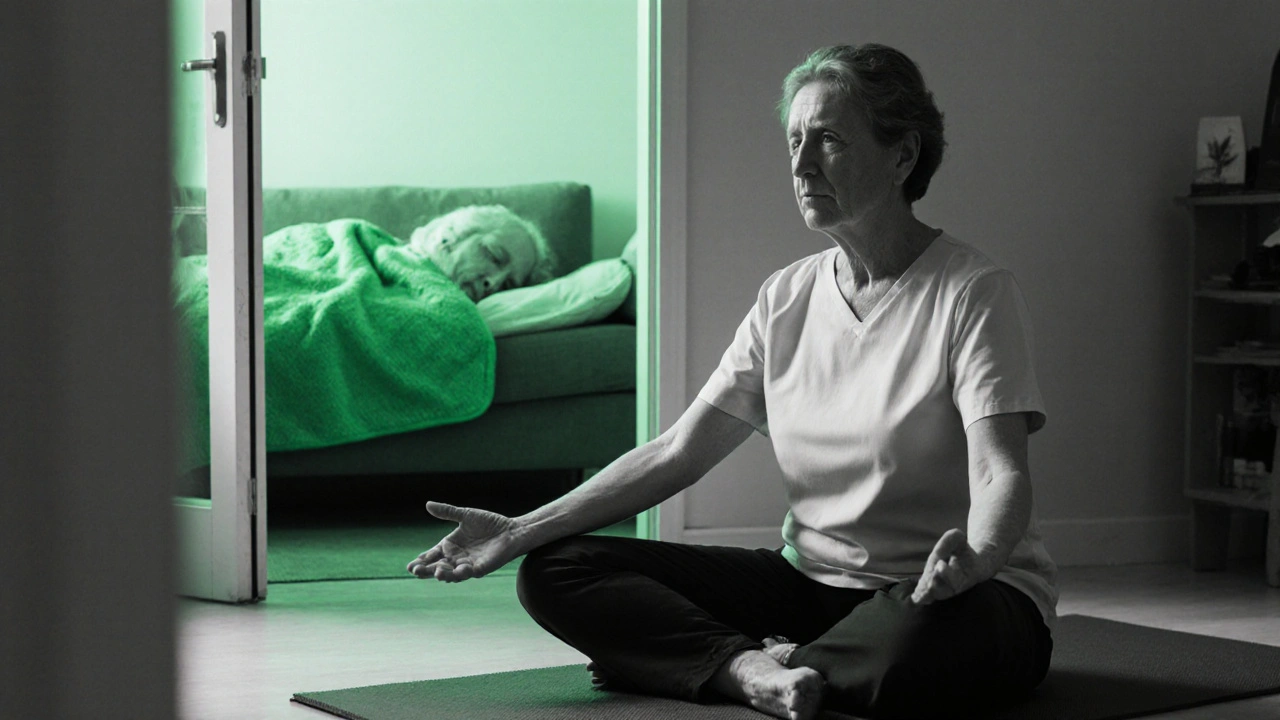
Future Directions - What Science Is Exploring
Researchers are testing several promising avenues:
- Melatonin supplementation. Early trials suggest it may improve sleep‑related agitation.
- Transcranial magnetic stimulation (TMS). Pilot studies show reduced aggression scores in mild‑to‑moderate Alzheimer’s.
- Digital therapeutics. Apps that deliver personalized music playlists based on brainwave monitoring are in development.
While these aren’t standard care yet, staying informed lets you ask informed questions when a clinician mentions them.
Quick Reference Cheat Sheet
- Assess first: pain, infection, bladder, constipation.
- Calm the environment: dim lights, soft music, reduce clutter.
- Use validation: echo feelings, avoid correction.
- Try non‑drug tools for at least a month.
- If meds are needed: low dose, short trial, monitor side effects.
- Caregiver self‑care is non‑negotiable.
Frequently Asked Questions
What are the safest first steps when aggression erupts?
Check for pain, infection, or an uncomfortable need, then lower sensory input (lights, noise) and speak in a calm, short tone. These actions often de‑escalate within minutes.
Can music really calm an agitated person?
Yes. Multiple studies, including a 2023 Alzheimer’s Association review, found that familiar, low‑tempo music reduced agitation in up to 70% of participants.
When should I consider an antipsychotic?
Only after non‑pharmacological methods have been tried for at least 4-6 weeks and the aggression poses a safety risk. Discuss a low‑dose, short‑term trial with the physician and set a clear review date.
How can I keep track of triggers without feeling overwhelmed?
Use a simple notebook or a digital app to jot down the date, time, activity, environment, and behavior. After two weeks you’ll see patterns that guide your interventions.
Is there any benefit to using melatonin for nighttime agitation?
Early research suggests melatonin can improve sleep quality and modestly reduce night‑time agitation, but doses and timing should be discussed with a doctor.
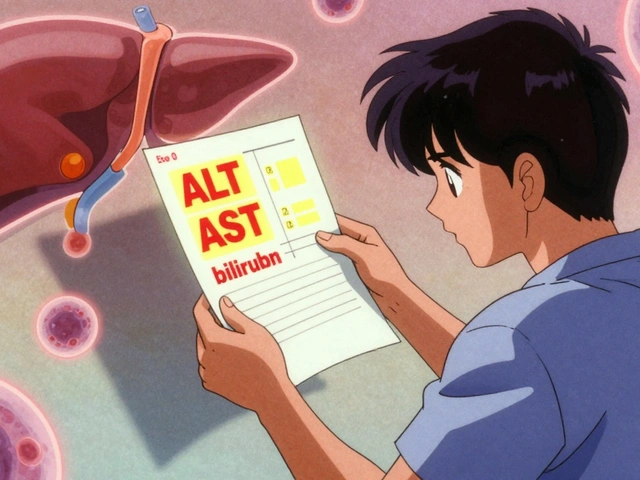
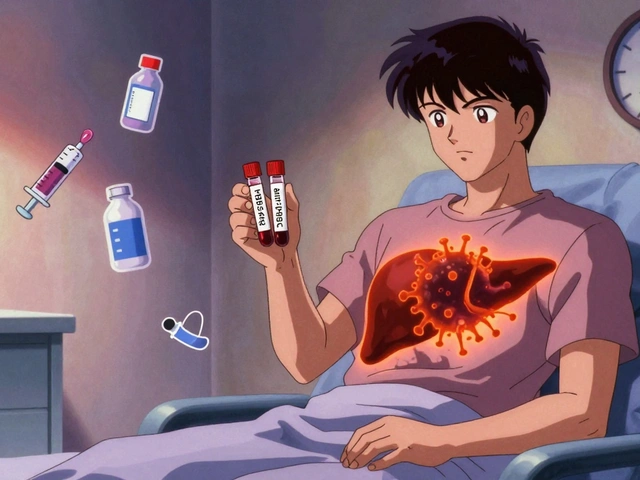
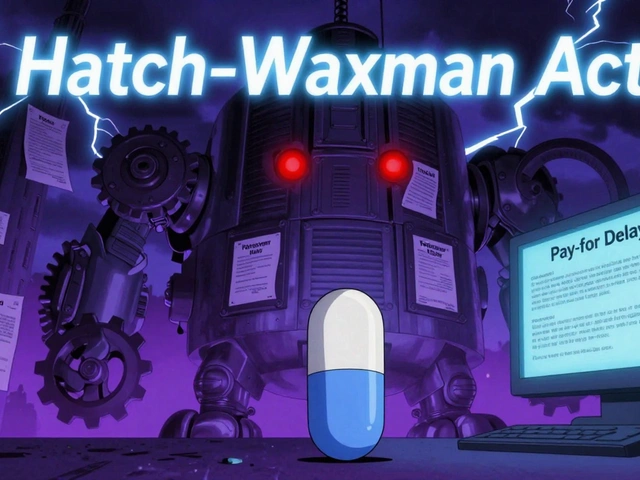
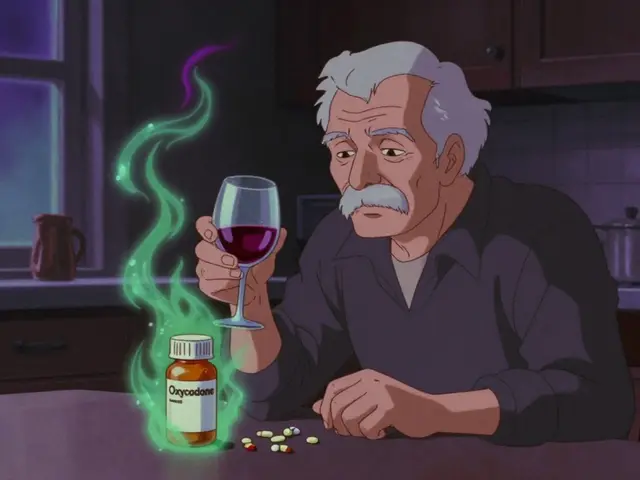

10 Comments
Look, if you keep ignoring the pain signals they’re screaming, you’re just asking for a blow‑up! Simple check‑ups stop a lot of the rage – no rocket science needed.
Honestly i think you just need to watch the basics and stop overthinking everything the pain check is just a part of daily routine and it works
Understanding aggression in dementia is not just a medical task; it is a moral responsibility we all share 😊. When a loved one lashes out, the underlying distress is often hidden behind confused thoughts and chemical imbalances. Ignoring this suffering only perpetuates the cycle of fear and frustration. Caregivers must become detectives, piecing together clues from temperature spikes, urinary urgency, and subtle facial tension. Non‑pharmacological tools such as music therapy are not mere gimmicks; they reshape neural pathways and soothe the anxious mind. Validation therapy, when done with genuine empathy, tells the patient that their emotions are seen, even if the content is nonsensical. Environmental adjustments, like dimming harsh lights, create a sanctuary that reduces sensory overload and prevents triggers. While the guidelines rightly advise patience, we cannot afford to wait weeks when immediate safety is at stake. Proper documentation of triggers becomes a roadmap for future interventions, turning chaos into actionable data. The role of melatonin, though still investigational, offers a glimpse of hope for nighttime agitation, but it must be dosed responsibly. Transcranial magnetic stimulation symbolizes the frontier of neuro‑rehabilitation, promising a future where aggression can be modulated without pills. Caregiver self‑care is not optional; burnout erodes the very compassion needed to manage these episodes. Respite services and support groups provide essential social buffering against isolation. In sum, the ethical imperative is clear: we must prioritize humane, evidence‑based strategies over quick pharmacological fixes. The collective effort of families, clinicians, and researchers will pave the way for dignified dementia care 🌟.
Hey there, i totally agree with what you said about music therapy and how it can calm someone’s nerves it’s amazing how a simple song can bring back comfort and safety love you’ve got this
Honestly i think all these checklists are kinda overkill we could just chill and let them be but if you want my two cents the environment does matter keep it simple dont overcomplicate things
It’s interesting how different cultures handle agitation you know in some places they use incense and gentle chants it’s a whole vibe that can shift mood more than meds maybe we should borrow those ideas too
Listen, the pharma giants don’t want you to rely on music and soothing lights – they profit from your panic and push risky antipsychotics with glossy brochures while hiding the dark side of side‑effects. It’s a betrayal of our heritage and a crisis we must expose!
While the concern regarding pharmaceutical influence is not without merit, it must be noted that rigorous clinical trials have demonstrated the efficacy of certain antipsychotics in reducing severe aggression when used judiciously. Nevertheless, the recommendation remains to prioritize non‑pharmacological interventions as first‑line therapy, consistent with prevailing clinical guidelines.
We’ve got to protect our elders without surrendering them to unnecessary meds 💪🧠 the simple steps you listed – dim lights, soft music, familiar objects – are the true patriotic duty to keep families together 🇺🇸
The abyss of aggression reflects the deeper void within our societal neglect; only by confronting that emptiness can we hope to fill the patient’s soul with genuine calm.